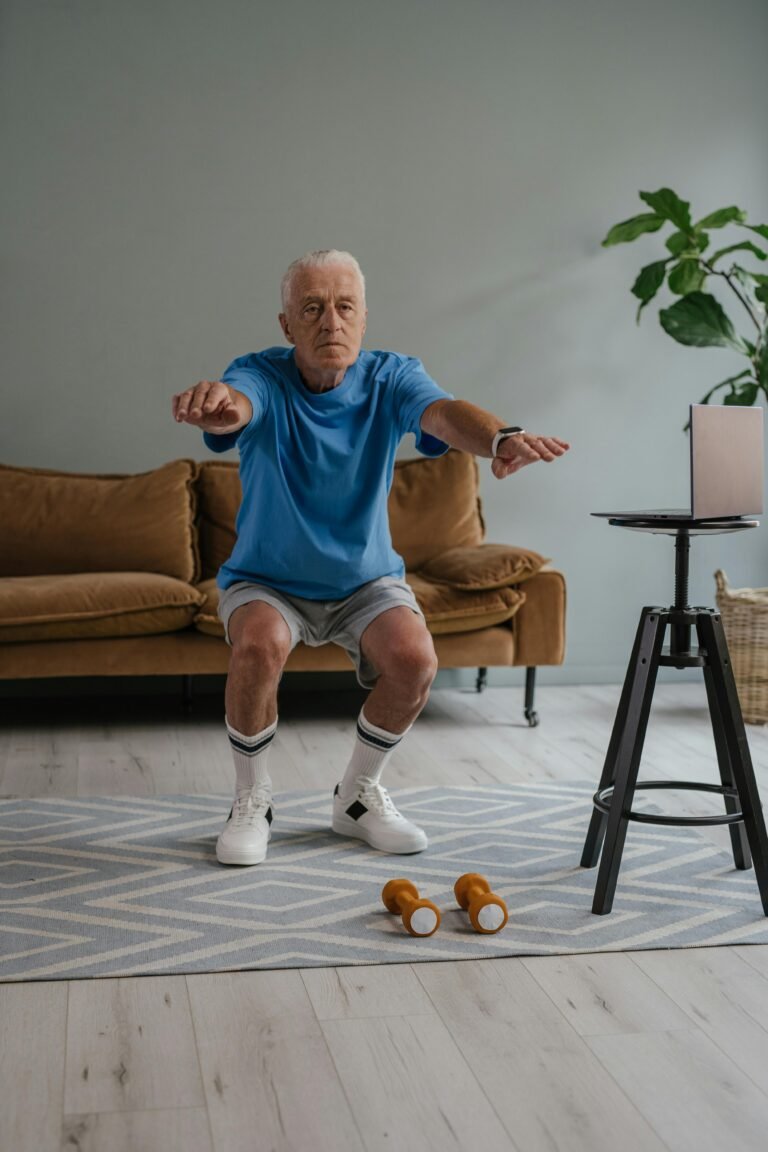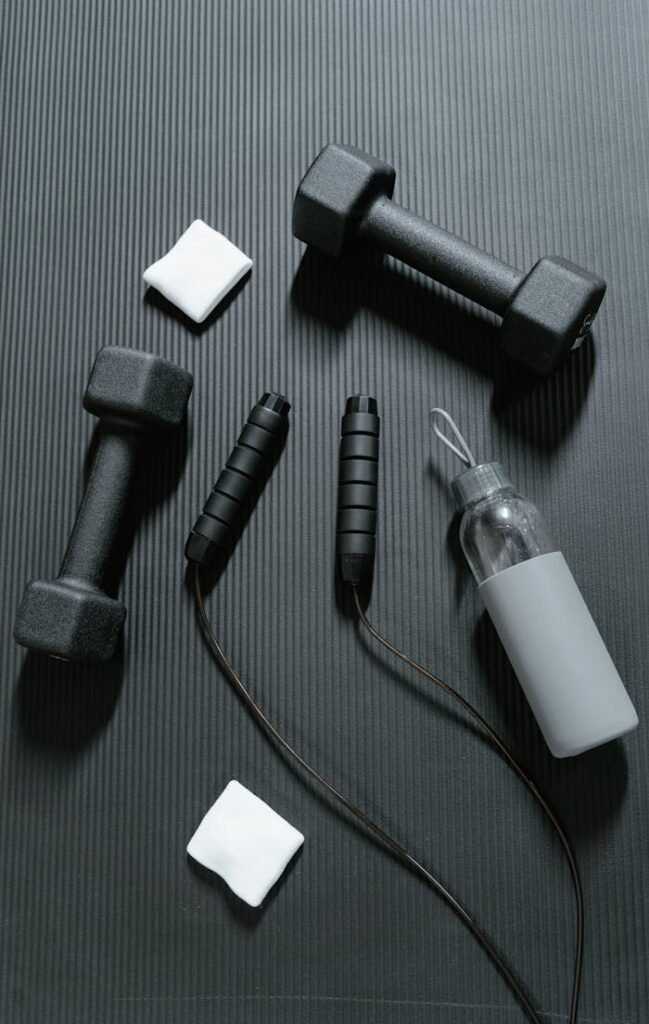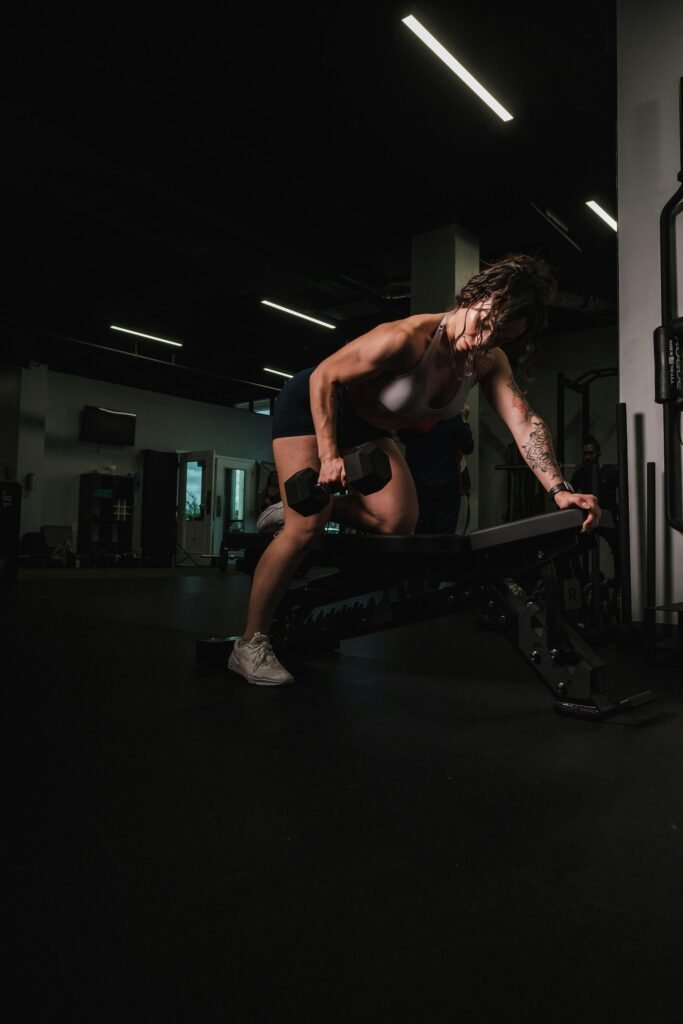Disclaimer: This post may contain affiliate links, which means we may receive a small commission, at no cost to you, if you purchase through a link.
Creating a home gym on a budget is a practical and effective way to stay fit without the recurring costs and inconveniences of a commercial gym membership. With a little planning and smart purchasing, you can build a space that meets your fitness needs without breaking the bank. This article will explore the benefits of a home gym, essential low-budget equipment that yields significant results, and additional tips to optimize your home workout space.
Benefits of a Home Gym:
1. Convenience:
One of the most significant advantages of a home gym is convenience. You can work out at any time that fits your schedule without worrying about gym hours or travel time. According to a study published in the Journal of Sport and Health Science, the primary barrier to regular exercise for many people is time. A home gym eliminates this obstacle.
2. Cost Savings:
While there is an initial investment in equipment, a home gym saves money in the long run by eliminating monthly gym membership fees and commuting costs. The International Health, Racquet & Sportsclub Association (IHRSA) reports that the average monthly gym membership fee is around $58, which can add up to over $600 annually.
3. Privacy:
A home gym offers the privacy and comfort of working out in your own space, which can be especially beneficial for those who feel self-conscious at a public gym. A survey by Fitrated found that 65% of respondents preferred working out at home due to the privacy it offers.
4. Hygiene:
With a home gym, you control the cleanliness and hygiene of the equipment, reducing the risk of infections and illnesses that can be contracted at public gyms. The National Institutes of Health highlights that gym equipment can harbor various bacteria and viruses, increasing the risk of illness.

Essential Low-Budget Equipment for a Home Gym:
1. Resistance Bands
Resistance bands are versatile, affordable, and effective for strength training, stretching, and rehabilitation exercises. They take up minimal space and can be used to target virtually every muscle group. A study published in the Journal of Physical Therapy Science found that resistance band training is as effective as traditional weight training in improving muscle strength and tone.
2. Dumbbells
Adjustable dumbbells are a cost-effective solution for a home gym, allowing you to perform a wide range of exercises with varying weights. They are ideal for strength training and muscle building. Research from the Journal of Strength and Conditioning Research indicates that dumbbell training can significantly improve muscle strength and endurance.
3. Stability Ball
A stability ball is excellent for core strengthening exercises, balance training, and improving flexibility. It's an inexpensive and versatile piece of equipment. The Journal of Sports Science & Medicine reports that stability ball exercises can enhance core stability and overall functional fitness.
4. Jump Rope
Jumping rope is an excellent cardiovascular workout that improves coordination, agility, and cardiovascular endurance. It’s one of the most affordable pieces of fitness equipment. A study in the Research Quarterly for Exercise and Sport found that 10 minutes of jumping rope is as effective as 30 minutes of jogging for improving cardiovascular health.
5. Yoga Mat
A good quality yoga mat provides a comfortable surface for floor exercises, stretching, and yoga. It's essential for protecting your joints and ensuring a safe workout environment. The American College of Sports Medicine recommends using a yoga mat to enhance comfort and prevent injuries during exercise.
6. Kettlebells
Kettlebells are versatile weights that can be used for a variety of exercises, including swings, squats, and presses. They are effective for building strength, endurance, and cardiovascular fitness. According to the American Council on Exercise, kettlebell training can burn up to 20 calories per minute, making it an efficient workout.

7. Pull-Up Bar
A pull-up bar is a low-cost piece of equipment that can be easily installed in a doorway. It’s great for building upper body and core strength. The Journal of Strength and Conditioning Research found that pull-ups are one of the most effective exercises for building upper body strength.
8. Foam Roller
Foam rollers are inexpensive tools that aid in muscle recovery, reduce soreness, and improve flexibility. They are excellent for self-myofascial release. A study in the Journal of Athletic Training shows that foam rolling can significantly reduce muscle soreness and improve range of motion.
9. Exercise Bench
An adjustable exercise bench allows you to perform various strength training exercises, such as bench presses and step-ups. It’s a versatile addition to any home gym. Research in the Journal of Strength and Conditioning Research suggests that using an exercise bench can enhance muscle activation and strength.
Additional Tips for Building a Home Gym on a Budget:

1. Prioritize Multi-Functional Equipment
Choose equipment that can be used for multiple exercises to save space and money. For example, adjustable dumbbells and resistance bands can target numerous muscle groups with a variety of exercises. Multi-functional equipment can provide a comprehensive workout without the need for numerous single-purpose items, as highlighted in the Journal of Physical Education and Sport.
2. Shop for Second-Hand Equipment
Consider purchasing used fitness equipment from online marketplaces, garage sales, or local classifieds. Many people sell their gently used equipment at a fraction of the cost of new items. According to a survey by the National Federation of Independent Business, buying second-hand goods can save consumers up to 60% compared to purchasing new items.
3. DIY Options
Some gym equipment can be made at home with minimal cost. For instance, you can use sandbags as weights, create a homemade plyometric box, or use furniture as makeshift workout stations. A study in the International Journal of Exercise Science found that homemade workout equipment can be as effective as commercial options for fitness training.
4. Utilize Free Online Resources
Many fitness professionals and organizations offer free workout videos, routines, and tutorials online. Utilize platforms like YouTube, fitness apps, and websites to find guided workouts. The American College of Sports Medicine notes that online fitness resources can provide accessible and diverse workout options for all fitness levels.
5. Maximize Small Spaces
If you have limited space, focus on compact and portable equipment. Many exercises can be performed in a small area, and items like resistance bands, jump ropes, and foldable exercise benches can be easily stored. The Journal of Environmental Psychology reports that people who exercise in well-organized, small spaces are more likely to maintain a regular fitness routine.
6. Create a Motivating Environment
Decorate your home gym space with motivational posters, good lighting, and a mirror to monitor your form. A positive and inspiring environment can enhance your workout experience. The Journal of Sport and Exercise Psychology highlights that a motivating exercise environment can significantly boost adherence to fitness programs.
7. Set a Budget and Stick to It
Determine how much you are willing to spend on your home gym and prioritize purchasing essential items first. Gradually add more equipment as your budget allows. The Consumer Financial Protection Bureau advises setting a budget for fitness expenses to avoid overspending and ensure financial stability.
The Importance of Routine and Consistency:
1. Develop a Workout Schedule
Establishing a regular workout schedule helps maintain consistency and ensures you make the most of your home gym. Treat your home workouts with the same commitment as you would a gym membership. The American Heart Association recommends at least 150 minutes of moderate-intensity aerobic activity or 75 minutes of vigorous activity per week for optimal health.
